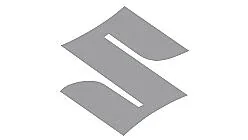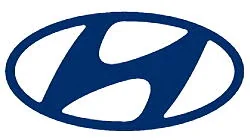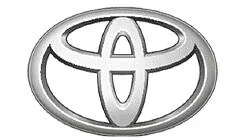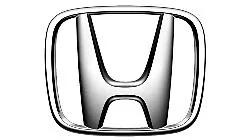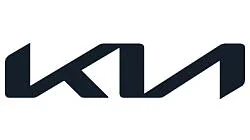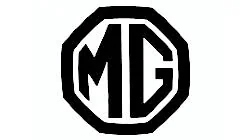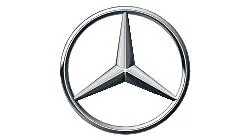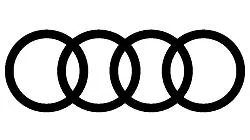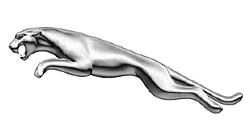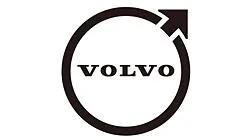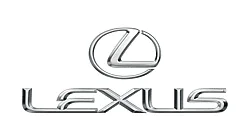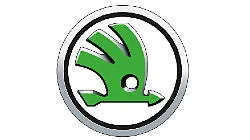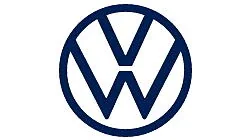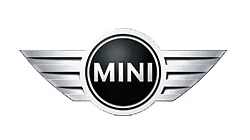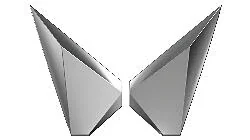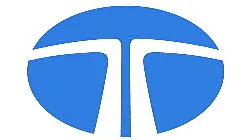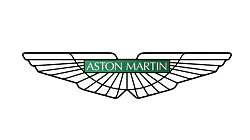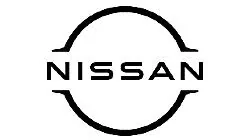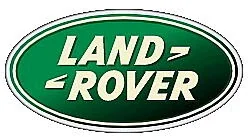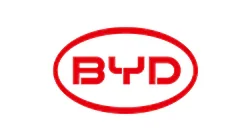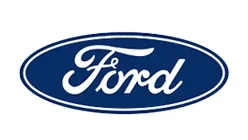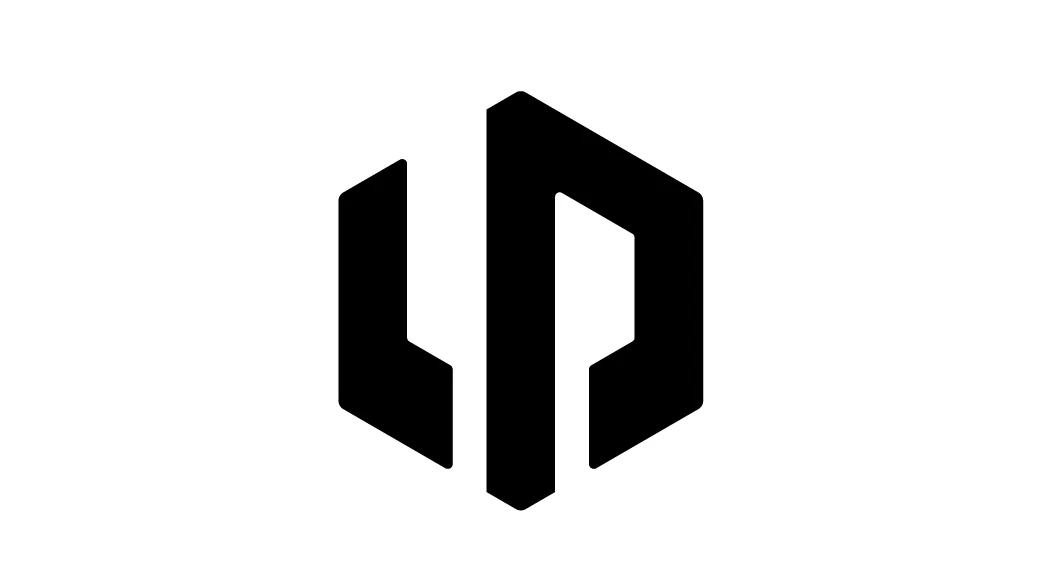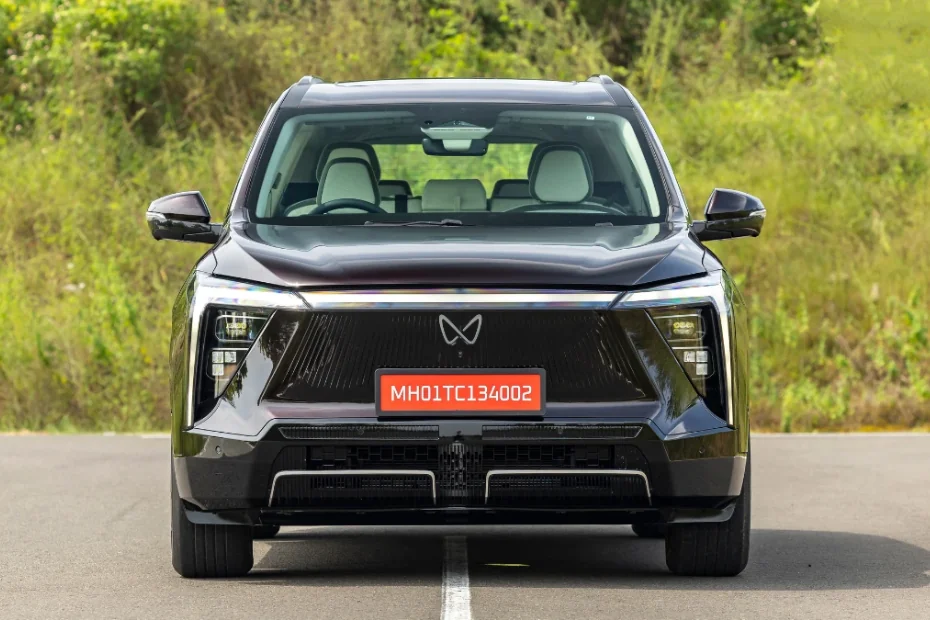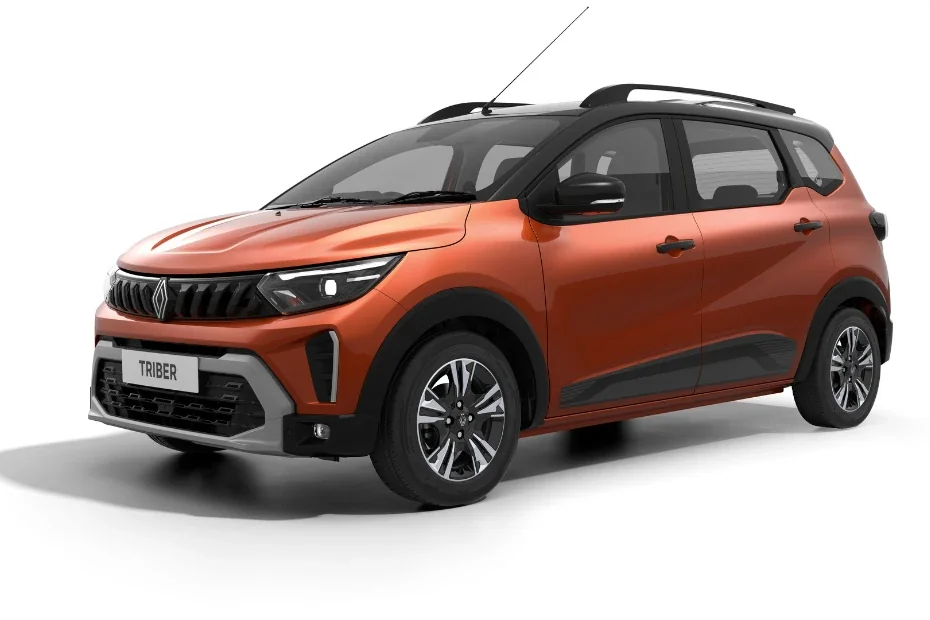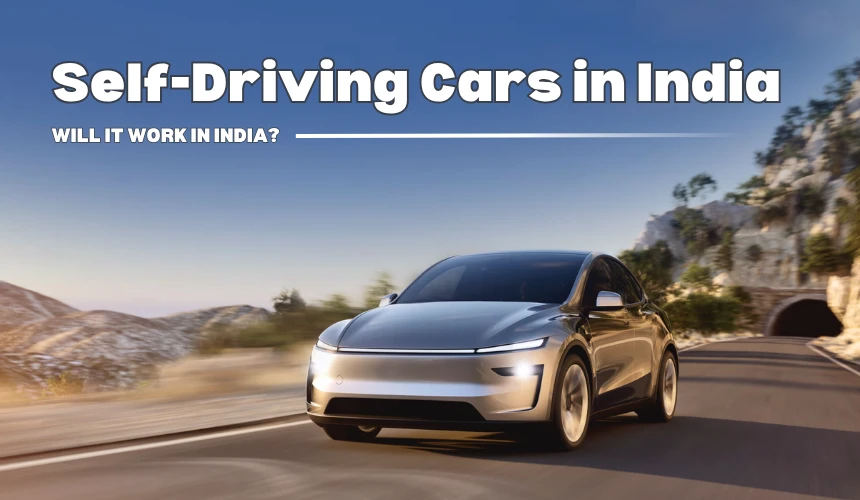
Hyundai Motors India Limited (HMIL) recently unveiled the 4th Gen Hyundai Tucson in India. While we await the official price reveal of the SUV, here is a quick comparison of the new vs the old model.
Hyundai Tucson Old VS New: Exterior Design
Gone are the days of curves and in comes a new sharp design with sleek lines. Compared to the ‘Fluidic Design’ of the previous generation model, the new Tucson features the brand’s latest ‘Sensuous Sportiness’ design language. While the overall silhouette remains the same the new version is now longer (150mm), taller (5mm) and wider (15mm) than its predecessor.
The cascading front grille is replaced by a new dark chrome parametric grille that occupies the majority of the front fascia. On the new model, the LED DRLs are part of the massive grille and the headlights occupy the lower half of the bumper as opposed to the conventional placement in the outgoing model.
Towards the side, the round wheel arches have made way for a more squared-off design alongside a new set of alloy wheels. This particular section of the SUV now features Z-shaped character lines and satin chrome moulding instead of the chrome found on the old model.
The rear end of the New-Gen Tucson provides connecting LED tail lamps as opposed to the plain-looking oval units on the outgoing model. The new three-dimensional logo garnish sits below the rear glass, and the first in segment concealed rear wiper differentiates it from the outgoing model. The rear skid plate is more pronounced with the parametric finish on the rear bumper. Further, its wheelbase is up by 85 mm, leveraging more space inside the cabin.

Hyundai Tucson Old VS New: Interior Layout and Features
Like the exterior, the interior of the New Tucson is a complete departure from what we have seen on the Hyundai model until now. The all black cabin is now replaced with a dual-tone beige and black interior. Multi-layer dashboard make way for an futuristic looking unit that is split into two areas in what Hyundai calls ‘InterSpace’. The free standing infotainment unit of the old model makes way for a new fixed unit with thinner bezels. The new model also gets an additional free standing screen for the instrument cluster in place of the analogue unit seen on the outgoing model. Also new to the car is the D-Cut Butterfly steering wheel that replaces the aging 3-spoke unit on the current generation SUV.
Despite many futuristic features, the A/C unit of the new model feels like a downgrade when compared to the old model. While the hidden vents look cool, the overall A/C control panel with touch buttons feels pale in comparison to the rotary knobs found on the outgoing vehicle.
In terms of equipment, the new Tucson is loaded with many segment-first features such as Home-to-Car (H2C) connectivity, 64 colours ambient lighting, Hyundai Blue Link connectivity with 60 plus features, door pocket lighting, Bose premium sound system among others. Other prominent features on board include dual-zone climate control, heated and ventilated front seats, reclining rear seats and valet mode among others.
In short, the new Tucson is leaps and bounds ahead of the older version which also came with many good features like a panoramic sunroof, 10-way adjustable driver’s seat, electronic tailgate, wireless charging and more, all of which have made their way into the new model as well.
New show-stopping features on the latest Tucson is the inclusion of ADAS that offers features like forward collision warning, lane keep assist, lane departure warning, safe exit warning, high beam assist and smart cruise control among others. In addition to these, the SUV comes with a basic safety kit that comprises 6 airbags, hill hold assist and ESC.

Hyundai Tucson Old VS New: Powertrain and Platform
The new Tucson is based on 3rd generation compact (N3) platform and continues to be powered by the same 2.0 litre naturally aspirated petrol engine paired to a 6-speed torque converter automatic gearbox. It produces a similar power output of 156 bhp and 192 Nm of peak torque to the outgoing model. The highlight of the Tucson nameplate is the new R 2.0-litre VGT turbo diesel engine which produces a class-leading power output of 186 bhp and 416 Nm of peak torque. The powertrain comes matted to an 8-speed automatic transmission.
The new Tucson also features HTRAC all-wheel drive system with multi-terrain modes such as Snow, Mud and Sand.
About Author
Car Lelo was launched with a vision of making the car buying effortless and was designed keeping in mind all the ifs and buts that overshadow the car buying experience. We at Car Lelo strongly believe; buying a car is a unique escapade that does not happen every day. We strongly put in our efforts to deliver an overall bespoke experience to our customers. We bring it all together on a single platform, starting from choosing your car online to selecting colours, variants, and the paperwork. With our remarkably easy user experience, we aim to drive transparency throughout the purchase process. We at Car Lelo offer deals on cars and offer the highest satisfaction after the car is delivered. Car Lelo aims to cut out on the daily hassle and bring ease to your fingertips.
Top Car Brands in India
Top Car Brands in India
Trending Car News in India
Trending Cars in India
Trusted Dealer
All Over India
Irresistible Offers
Stay Updated, Pay Less
Compare Cars
Choose the Right Car
Easy Finance
Multiple Finance Options

Monday - Saturday
10:00am - 6:30pm
+91 7947722777, +91 7479000444, +91 9311718549
contact@carlelo.com







